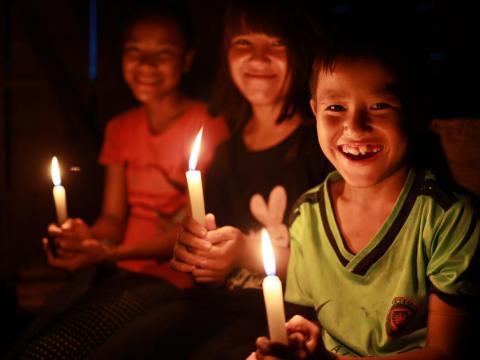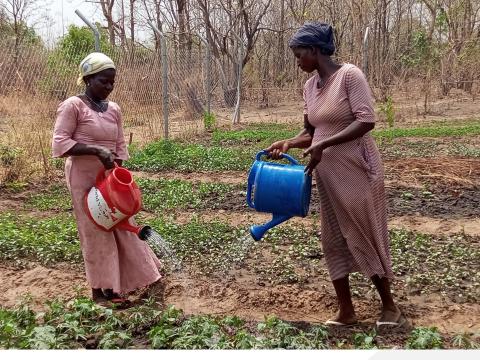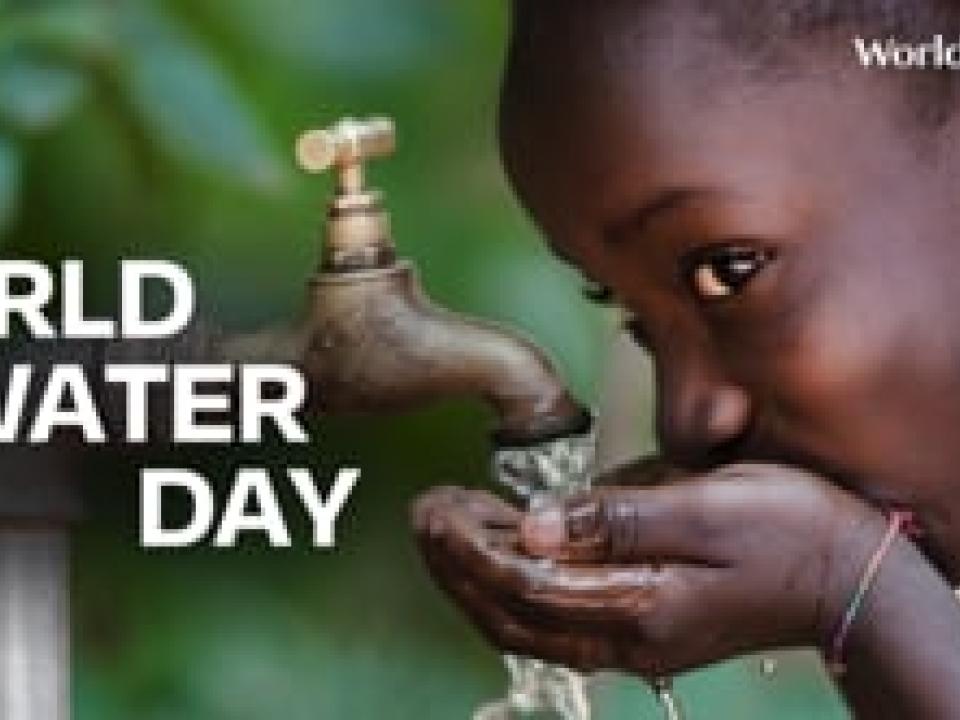
A secret to sustainable recovery: Integrate Peacebuilding into Humanitarian and Development Work
Dr. Kyi Minn explains that in conflict situations, a triple response following humanitarian emergencies is vital.
Theoretically, in any humanitarian situation, the provision of aid is crucial as the first step in responding to the immediate needs of affected communities, and development work follows to ensure sustained recovery, rehabilitation, and development. But this is not necessarily the best model in every context.
Looking back at my personal experience leading humanitarian response operations for World Vision in Myanmar after Cyclone Nargis in 2008, I saw our teams following this model, starting with humanitarian assistance supporting the populations affected by the cyclone, and then transitioning to development programmes aimed at fostering long-term growth and self-sufficiency. In most cases, the model works. However, the ongoing conflict in Myanmar, one of the world's longest-running protracted crisis, highlights the limitations of this approach in complex humanitarian contexts.
This underscores a vital truth: sustainable development cannot be achieved without peace. What I quickly realised was that the double nexus of humanitarian aid, followed by development, is grossly insufficient in conflict-ridden areas. This reality demands change: an integration of peacebuilding into humanitarian and development efforts – creating a triple nexus approach. Peace is not just a desirable outcome; it is the necessary precondition for our humanitarian and development initiatives to succeed.
Peacebuilding is challenging, but a must
In Myanmar—that has the second highest increase in IDP numbers in the world1 and the highest number of IDPs in East Asia and the Pacific2—the ongoing conflict has left an estimated 18.6 million3 people in need of humanitarian assistance. To put the numbers into perspective, this is representative of approximately one-third of the total population: the scale of the crisis is almost beyond comprehension. The rights of children, among others, are being severely compromised.
The protracted and volatile nature of the conflict has negative implications to food security, health, and education, most starkly felt by the poorest and most vulnerable communities. Despite the level of need, humanitarian access remains a significant barrier due to restricted access to active conflict zone.
Our current situation underscores the critical need for peacebuilding. In Myanmar, effective peacebuilding requires reconciliation among key stakeholders, grounded in fairness and justice. This process is demanding, especially in a country where animosity runs deep, and the wounds of a 70-year internal armed conflict are still raw. Achieving a fair justice system is pivotal to reconciliation, yet it remains an extremely difficult task given the complexities and historical grievances involved.
The escalation of violence in February 2021 disrupted this process, increasing tensions and casting doubt on the outcome of the negotiations. Despite these setbacks, local and international key actors are working to promote renewed dialogue and conflict resolution to revive the peace process. However, the peace process is still far from the reality and practical.
Let’s all be intentional for peace
Civil society has an important role to play in peacebuilding. We can contribute by fostering local capacity and spreading awareness about human rights, the rule of law, and the core values of a civil community. Currently, World Vision’s efforts focus on educating children and the community about love, positivity, reconciliation, and peace as protective measures against conflict.
Through our technical approaches, including Celebrating Families, Channels of Hope, Positive Discipline, and Life skills training, we equip children, parents, and caregivers with the knowledge and skills to nurture their emotional and spiritual well-being, emphasizing positive and non-violent discipline techniques. In late 2023 and 2024, these initiatives reached 36,552 people.
I strongly believe these initiatives help build a culture of understanding and respect, promoting peaceful coexistence and reducing the likelihood of future conflicts. By empowering individuals with knowledge and values that support peace, we contributed to long-term peacebuilding in Myanmar.
A triple nexus approach is one for all
In addition, my vision for the future involves a grassroots approach to peacebuilding, starting with my family, extending to my community, and eventually encompassing the entire country. I believe that influential stakeholders, including community influencers and religious leaders, will play vital roles in this journey.
The triple nexus approach is not only applicable to Myanmar, but can also benefit other conflict-affected regions. This strategy involves simultaneous engagement in humanitarian aid, development, and peacebuilding, rather than a traditional linear approach. While humanitarian needs often come first, integrating peacebuilding from the outset can dramatically increase the effectiveness.
In an increasingly unstable world, the triple nexus approach is not just beneficial but essential. We must protect people from the ravages of conflict and lay the groundwork for lasting peace. By integrating humanitarian aid, development, and peacebuilding, we can create a more resilient and sustainable future for Myanmar and beyond.
ENDS
World Vision has been operating in Myanmar for three decades, and it has positively impacted the lives of over 2.47 million people, approximately 960,000 girls and boys. By implementing sustainable development programmes, WVI Myanmar has helped and supported children and families to rebuild their livelihoods, improve food security, and access health care, protection systems, and quality education. To learn more about the work there click here
Dr Kyi Minn, National Director of World Vision Myanmar, is a medical doctor and global health specialist with more than 25 - year track record of successful global health leadership in private and public partnership in health issues, partnership brokering, Infectious Diseases, Immunization, Maternal Child Health, Nutrition, Humanitarian Emergency and Health Partnership with diverse professional and working experience in Government, Bilateral, Multi-lateral, Non-Profit, Civil Society Organizations, Academia and Private sectors.

